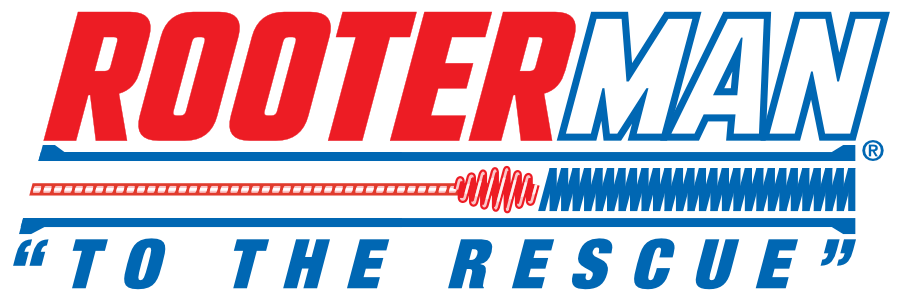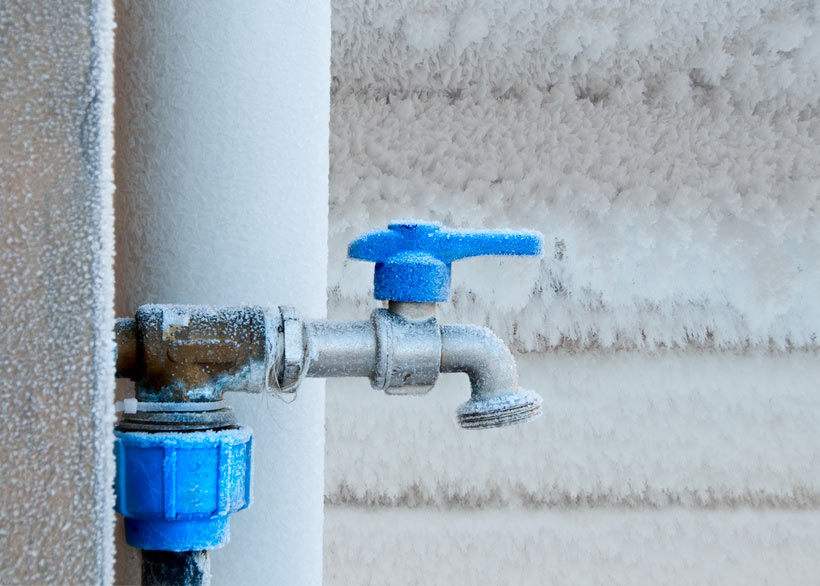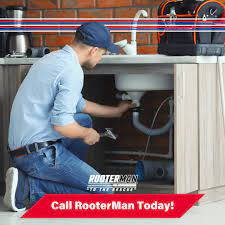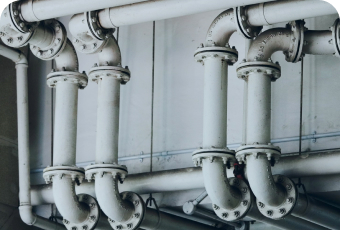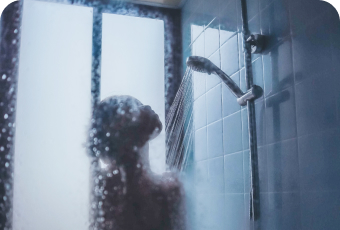Winterizing your home’s pipes is necessary if you live in a climate where the temperature can get near or below freezing. Frozen pipes can easily burst, causing serious damage. Here are some simple steps you can take to protect your home.
Step 1: Locate vulnerable pipes. The first thing to do in winterizing your plumbing is to pinpoint all areas where the pipes and plumbing is subject to freezing temperatures. The most common areas of vulnerability are: crawl spaces, unheated basements, exterior walls (especially if there is little insulation), and garages. You will need to look at each area for leaky pipes, or exposed plumbing. You may want to call a plumbing repair service such as Rooter-Man if you are unsure sure of trouble areas in your home. Our local plumbers will be able give you a good idea of what needs to be taken care of.
Step 2: Secure exterior pipes and faucets. When you have determined where in your home you need to winterize, begin with turning off water valves to exterior faucets that you can do without using during the winter. Any water trapped in exterior pipe systems may freeze and expand, causing breaks, cracks or burst pipes. Drain and disconnect all garden hoses, and put the hoses in the garage or storage for the winter. If you leave a hose attached, it can cause water to remain in the spigot, which can quickly freeze. Protect the faucet by installing a cover, which can be bought at any local hardware store. This will insulate and protect the hose from freezing. If you have a sprinkler system, shut off its water supply and make sure to drain all water from those pipes as well. If you’re not sure how to do this, it may be best to call our local plumbing repair service for assistance.
Step 3: Insulate exterior pipes. Insulating exposed pipes will not only prevent freezing in winter, but will reduce energy use by lightening the load on your water heater. If you have exposed pipes in areas such as crawl spaces and basements, wrap some foam tubing around them. Another option is using electrical heating tape. This tape is intended to be plugged in and is especially useful for vulnerable pipes located near an electrical source
Step 4: Seal trouble areas. Next, take a look at interior and exterior areas with exposed pipes and plumbing, such as your basement or crawl space. Check all windows, doorways and vents to ensure that the seals are not separating or coming loose. Repair any separated or loose seals with caulking.
Step 5: Prevent indoor pipe problems. Remember, when it gets really cold outside, even indoor pipes are vulnerable to freezing. A good rule of thumb is to open cabinet doors below sinks to allow warm air circulation. It’s also a good idea to keep your thermostat set to at least 55 degrees Fahrenheit. Winterizing your plumbing system as soon as the temperature starts to drop in Autumn will help you avoid freezing pipes and costly plumbing repairs.
